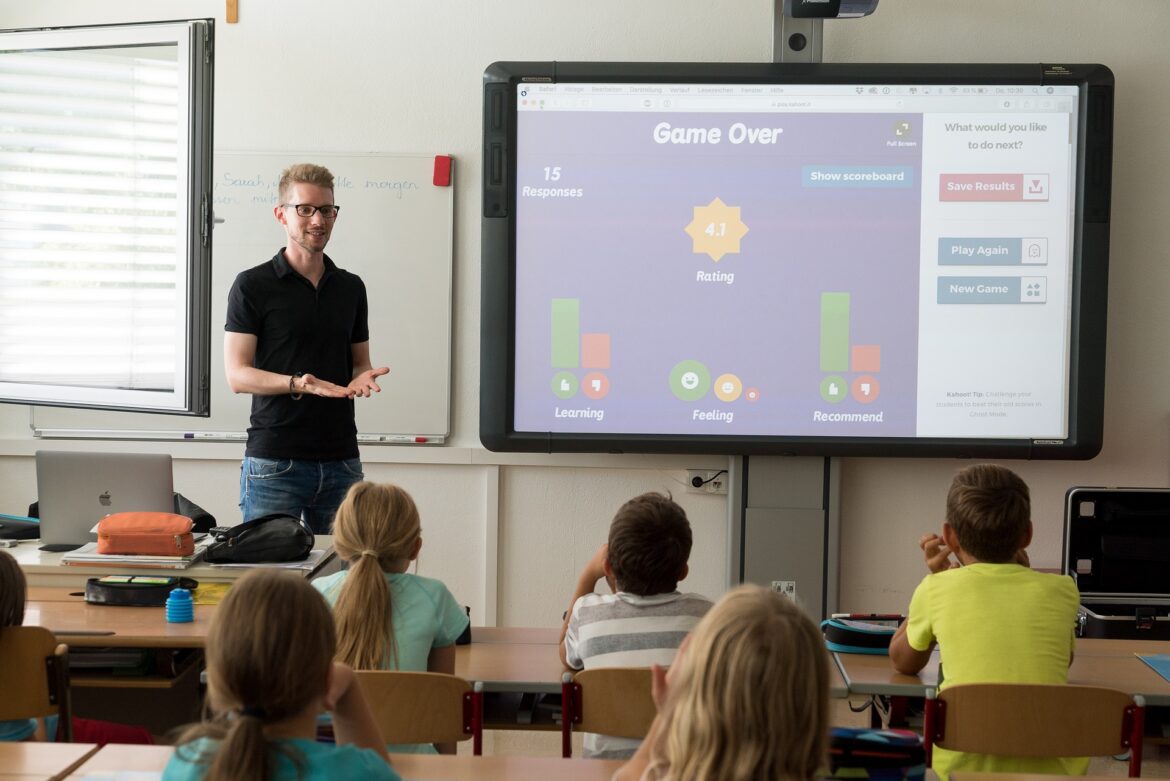Routines are an important way to establish norms, set expectations, and otherwise build positive relationships in the classroom environment (and the workplace). They help everyone involved be on the same page.
Of course, these established patterns of behavior can also become ruts. Many know the dangers of approaching something “the way we’ve always done it,” especially in institutional situations like schools and districts. Even in our own individual classrooms and teaching practices, taking time to reflect on, and potentially renew, our practices can be powerful and can help revive your personal passion and energy and your teaching practices.
So let’s look at some ways to refresh our teaching by reviewing (or re-establishing) our routines, a skill that should be considered as you finish out the spring semester, reflect on your successes, and plan for next fall.
Defining the Why and How of Routines
At the outset of any project, it’s important to define why we undertake it and how we put it into practice. For classroom routines, that means analyzing our routines with this question in mind: Does this help students reach their full potential and reach it most efficiently? After all, routines are all about saving time, managing expectations, and making behavior choices easy for students.
Making the right choices easy for students also raises an important consideration. By defining procedures, are you teaching students a routine or are you simply announcing the rules?
Investing time in the teaching of classroom procedures is a classic example of proactive versus reactive management. As always, prevention is cheaper than remediation. But prevention is not free. You must invest “up front” if you want to reap the dividends for the remainder of the semester.
Dr. Fred Jones. “Rules, Routines, and Standards in Elementary and Secondary Grades.” Education World.
Managing Behavior and Investing Responsibility
By approaching routines, either established or new, by teaching your expectations, you save time trying to control a class later. For that reason, defining why you have routines and how to convey them is important. This way you can remove the guesswork and rely on students to take active responsibility for their own learning.
Behavior management is perhaps the most obvious “why” when it comes to laying out behaviors. In fact, there are many sources of inspiration for managing behavior specifically. But when it comes to reviewing those routines, make sure you take the “how” to heart.
Types of Routines
While setting expectations can happen through student-teacher agreements, syllabi, and more, routines come in many forms, beginning before students even set into the classroom.
Consider these questions. Do students have routines they follow?
- How should students manage their traffic flow in and out of the classroom, library, or other learning space?
- How should students behave when arriving to class?
- How do students access learning materials? How are these materials kept or managed, online and off?
- How is the class dismissed?
These seem like obvious functional questions, but the goals of each portion of the class period may be different, activities have different levels of commotion, and even the time of day might affect how you approach behavioral and procedural expectations.
All that is to say it’s vital to consider the type of routines you establish once you’ve defined your reasons behind them. Are the start and end of the class session the same? Should students behave the same way throughout? Are some routines solid and others flexible? A number of individual and student-centered considerations should be made to make routines well-understood and effective.
Revising the Rules
When thinking about rules versus routines, many argue that broad rules can be kept to a minimum, thus increasing a reliance on the active feedback of a routine.
Rules have consequences, and routines have reminders. What worked for me was far fewer rules and many, many more routines and procedures. …
All the other students are watching and expecting the follow through. If we just sigh, shake our head, and let it slide, students will not see being on time as a rule. We need to be selective when choosing that small handful of rules because those will need to be enforced.
This selective and thoughtful use of rules is one reason why applying a critical, active, and evolving lens to our routines is so useful. That way you can focus time and energy throughout the semester on what matters: Encouraging behaviors that lead to learning.
Rebecca Alber. “Rules and Routines in the Classroom.” Edutopia
Data Tools and Self Assessment
A number of tools exist to help you review and reignite your routines.
The Classroom Check-Up includes a full suite of worksheets and tools to help you complete and review your routines.
Check out three ways to bring data to bear on your routines here.
How you establish, review, and teach routines in your classroom. Sound off in the comments!
Image by Stefan Meller from Pixabay



4 comments
I understand everything you just mentioned and it makes sense, it Is easy to understand
I understand the need to explicitly teach routines and procedures especially this year.
I realize that we will need to help our students reestablish the normal classroom routines and rules. Several of our students will be coming to school for the first time ever.